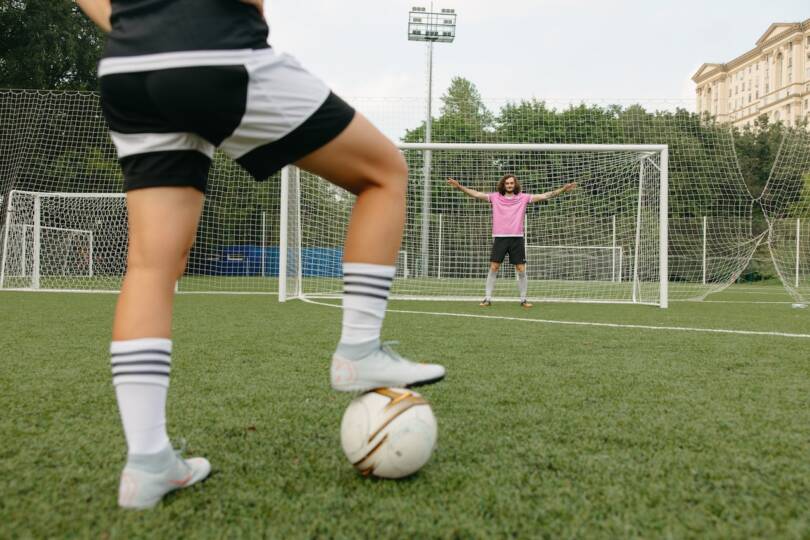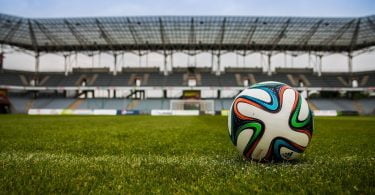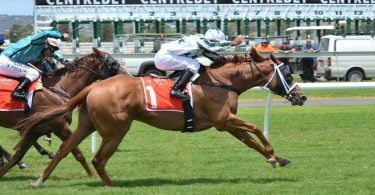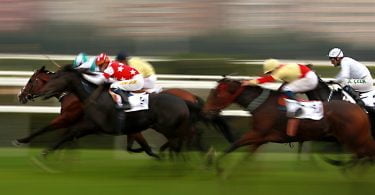Penalty shootouts in football can be nerve-wracking for both players and fans alike. The ability to master the art of penalty shootouts is very important for any team aiming for success. Players must practice their shooting accuracy, power, and placement to increase their chances of scoring more. Additionally, goalkeepers must work on their reflexes and positioning to make crucial saves.
Another important element is to understand the psychology behind penalty shootouts. Players need to stay calm under pressure and maintain their focus despite the high stakes.
The Mental Battle:
Players stepping up to take penalties need to manage pressure, nerves, and expectations. This is where mental preparedness becomes vital, helping players stay focused and composed. Goalkeepers, on the other hand, must read the shooter’s body language in a fraction of a second.
Mastering the mental aspect of penalty shootouts involves a combination of confidence, focus, and composure, and even knowing about the Quinnbet bonus offer can add an extra layer of motivation for players.
Technique for Penalty Takers:
Placement vs. Power: Penalty takers must decide between placing the ball accurately into the corners or using power to beat the goalkeeper. A well-placed shot has a higher chance of success due to the difficulty of reaching the ball for the keeper.
The Run-Up: The run-up should be consistent and calculated. Some players prefer short, quick steps, while others opt for a longer stride to generate power. Maintaining composure during the run-up is crucial to prevent telegraphing the shot.
Deception: Subtle movements during the run-up can deceive the goalkeeper. Changes in body posture, eye contact, or the planting foot can make it challenging for the goalkeeper to anticipate the direction of the shot.
Goalkeeper Strategies:
Mind Games: Goalkeepers can engage in psychological tactics to unsettle the penalty taker. They might try to create doubt by delaying their positioning or engaging in verbal exchanges.
Reading Body Language: Observing the shooter’s body language, specifically the position of the standing foot and the direction of the body, can provide valuable clues about the intended shot direction.
Research and Analysis: Goalkeepers often study the tendencies of opposing players, analyzing their past penalty kicks to identify patterns and preferences.
Coaching and Preparation:
Simulating Pressure: Coaches can replicate penalty shootout scenarios in training, creating a high-pressure environment to help players acclimatize to the stress of the moment.
Penalty Taker Selection: Coaches must choose confident and skilled penalty takers, considering their track record and mental fortitude.
Goalkeeper Training: Goalkeepers benefit from specific penalty-saving drills that focus on reaction time, diving techniques, and decision-making under pressure.
Conclusion:
By mastering these aspects – technique, psychology, opponent analysis, and communication – teams can significantly improve their success rate in penalty shootouts.
With diligent practice and a strategic approach, any team can become proficient in this high-pressure situation that often determines the outcome of important matches.









